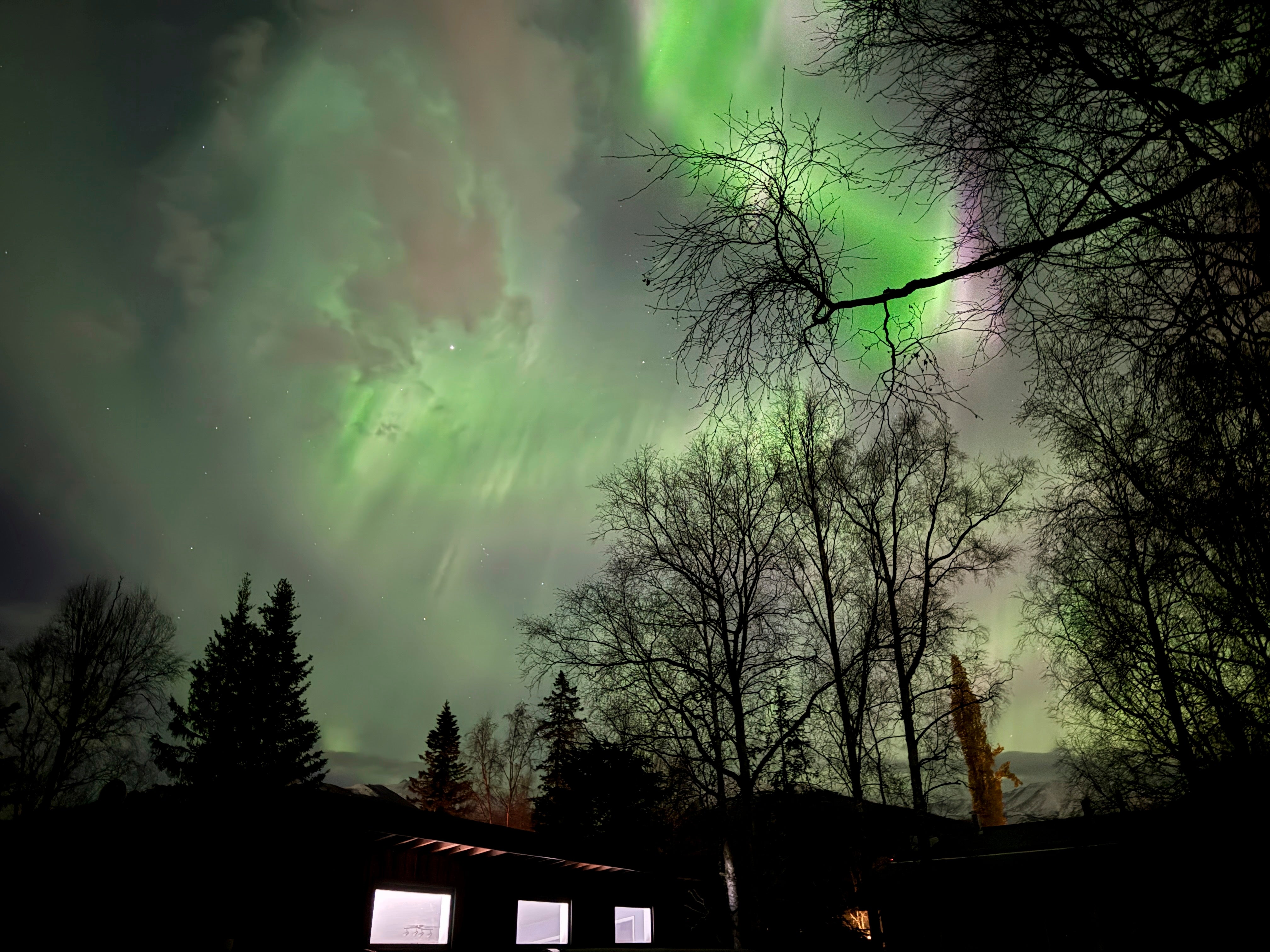Many across the UK and Ireland were treated to a stunning show of the Northern Lights over the weekend – with more to come.
According to experts, the sun has now entered its period of greatest activity, which means Brits could be seeing more colourful displays of the aurora borealis until the middle of next year. The current peak is expected to until mid-2025, according to the Royal Astronomical Society.
Our home star typically follows an 11-year-cycle, with periods of intense activity followed by a quiet phase.
During its active bursts, also known as solar maximum, the sun releases charged particles that travel through space at speeds of around one million miles per hour.
Some of the particles are captured by the Earth’s magnetic field and collide with oxygen and nitrogen atoms and molecules in the atmosphere.
These atoms and molecules then shed the energy they gained from the collision, emitting light at various wavelengths to create colourful displays in the night sky.

According to Nasa, oxygen emits either a greenish-yellow light – which is the most familiar colour of the aurora – or a red light, while nitrogen generally gives off a blue light.
The oxygen and nitrogen molecules also emit ultraviolet light, which can only be detected by special cameras on satellites.
Photos of the dazzling natural phenomenon were captured across England, Scotland and Ireland on Thursday night and could be seen as far south as Kent and East Anglia.
Best places to see the Northern Lights
Major cities are regularly bathed in bright lights, but neon displays streaking the UK and Ireland’s skies last night were (almost) out of this world.
Supernatural shows above even the busiest, built-up regions were a result of a strong solar storm hitting a scale of eight on the KP index, creating some of the most powerful northern lights displays of the year.
“We’re firmly within solar maximum which as the name suggests, is when the Sun is at its most active during its 11-year solar cycle,” explains astronomer and astrophotographer Matt Robinson from The Aurora Zone, an operator typically selling northern lights holidays in the Nordics.
“During solar maximum, the sun releases a higher frequency of solar flares which launch out dense…
Click Here to Read the Full Original Article at The Independent Travel…
